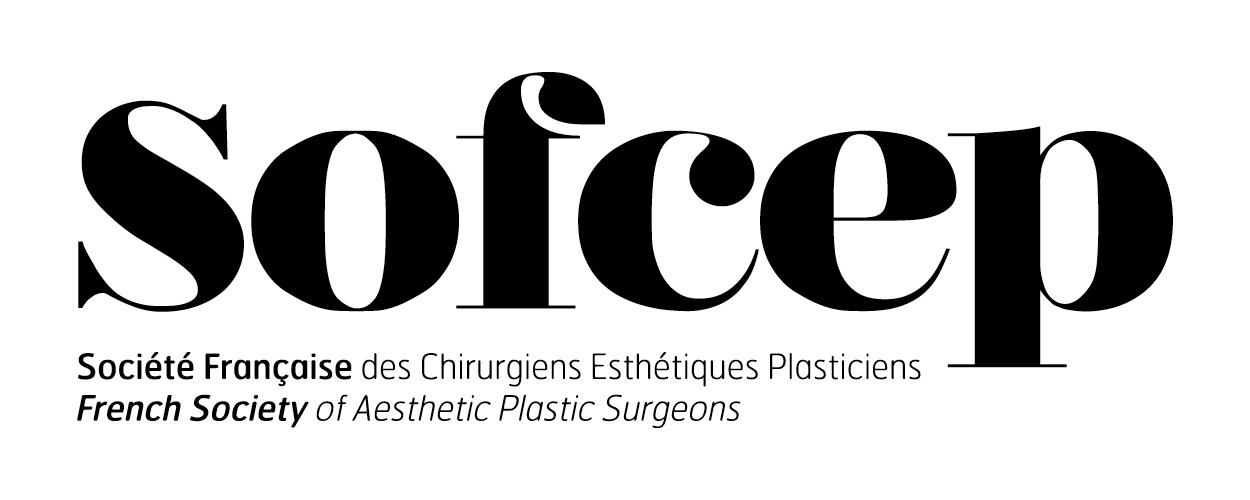VOLTAR
IMCAS Asia 2022
IMCAS Asia 2022
Programa
Adaptar ao meu fuso-horário a agenda da aula/congresso transmitida ao vivo
Fuso-horário de referência: (UTC+07:00) Asia, Bangkok
S094-095
IMCAS Video Surgery - Breast augmentation, how to optimise in 2022
Sala: Room 6
Data: sexta-feira 30 setembro 2022 de 14:00 às 16:00
Formato: WORKSHOP DE ANATOMIA > combinação de dissecações anatômicas em paralelo com procedimentos ao vivo realizados em pacientes
Data: sexta-feira 30 setembro 2022 de 14:00 às 16:00
Formato: WORKSHOP DE ANATOMIA > combinação de dissecações anatômicas em paralelo com procedimentos ao vivo realizados em pacientes
Apresentações desta sessão
| Horas | Palestrantes | Título da apresentação | Resumo | Número |
| 14:00 | Welcome message from SOFCEP | 97239 | ||
| 14:02 | Subjective and objective outcome of wellbeing after replacing breast implants by downgrading the implant weight | 117853 | ||
| 14:22 | Breast implant vs SEL fat grafting in breast augmentation | 118573 | ||
| 14:42 | Q&A | 117855 | ||
| 15:02 | Combined breast augmentation - EVL fat grafting and implants | 117854 | ||
| 15:22 | Combined breast implant explantation and multi-level mastopexy technique | Visualizar | 118551 | |
| 15:42 | Q&A | 118574 | ||













